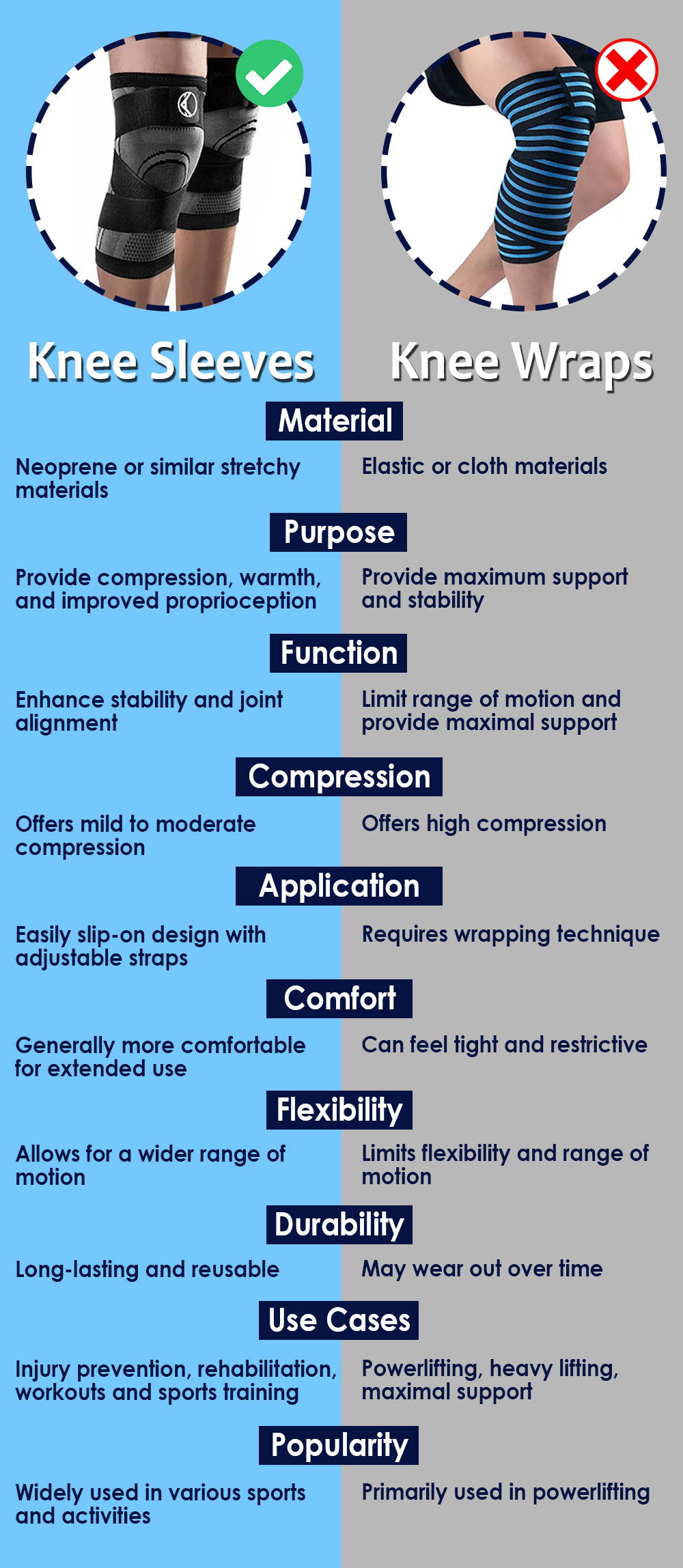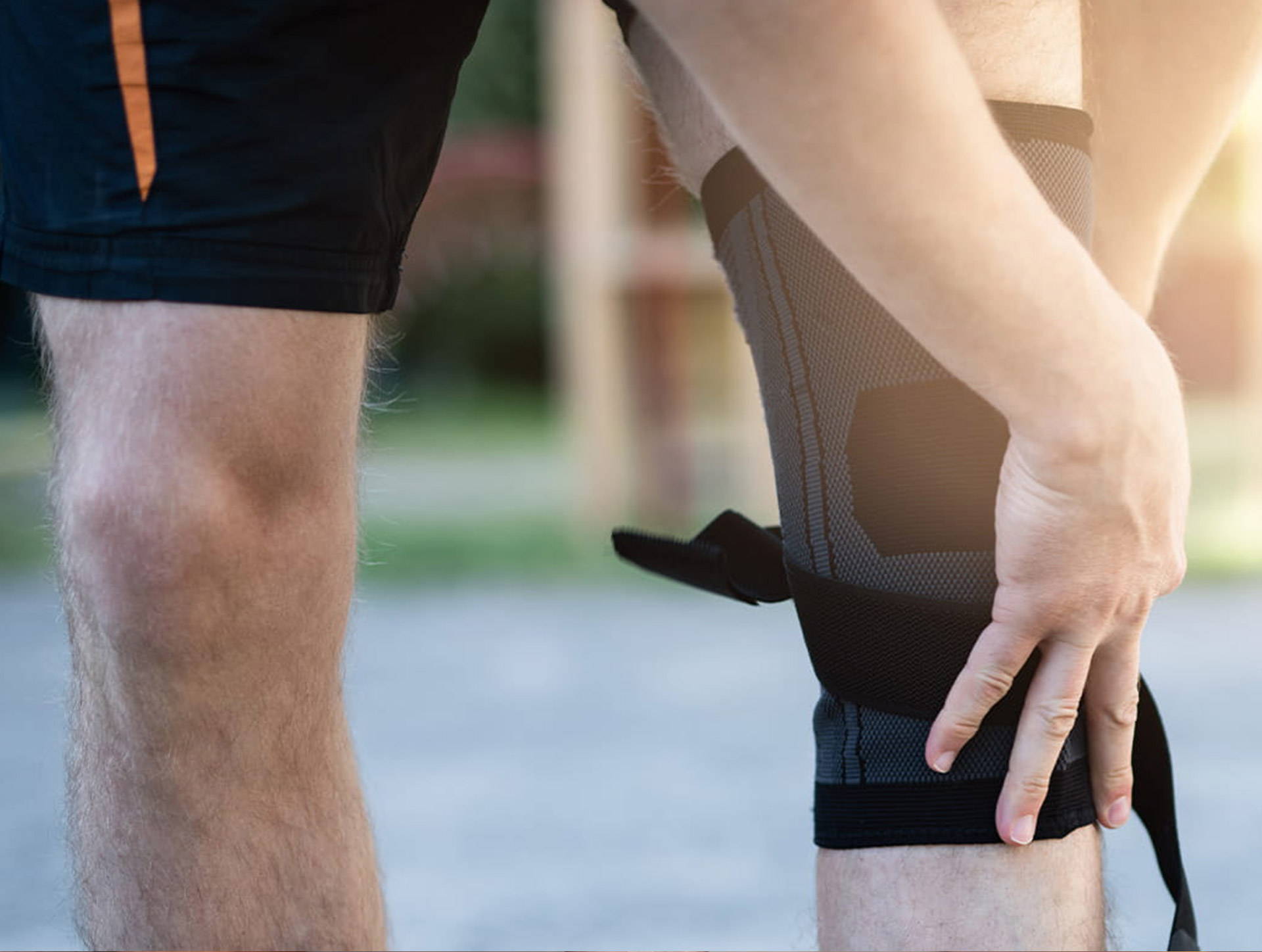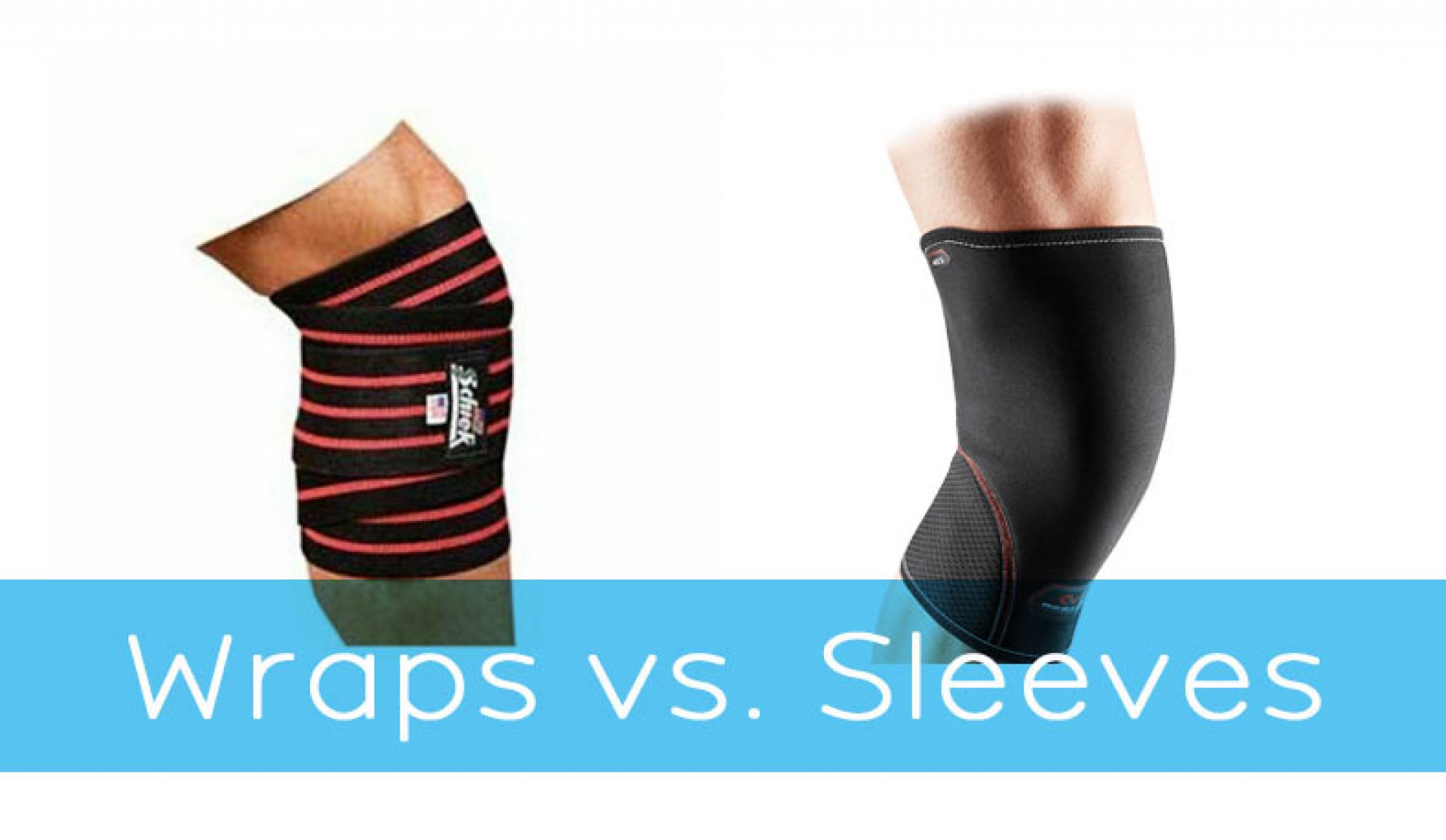Difference Between Knee Brace And Knee Sleeve
-3.jpg?width=1050&name=Elite Medical Blog (2)-3.jpg)
A twinge during a morning jog, a sudden instability while pivoting on the basketball court, or the persistent ache after a long day of work – knee pain can sideline anyone. In response, many individuals turn to supportive devices, often encountering a confusing choice: knee brace or knee sleeve? Understanding the fundamental differences between these two common aids is crucial for selecting the right support for your specific needs and avoiding potential complications.
This article delves into the distinctions between knee braces and knee sleeves, providing a comprehensive overview of their functionalities, intended uses, and limitations. We'll explore how each device provides support, who might benefit from each, and important considerations for making an informed decision.
Knee Brace: Stability and Protection
Knee braces are designed primarily for stability and protection. They are typically more rigid than knee sleeves and offer a higher level of support for the knee joint.
Braces often incorporate hinges, straps, and rigid materials like metal or plastic to restrict excessive movement and protect against injury.
They are often prescribed by doctors or physical therapists to address specific knee conditions or injuries.
Types of Knee Braces
Several types of knee braces exist, each designed for a particular purpose.
Hinged knee braces are commonly used for post-operative rehabilitation or to stabilize the knee after a ligament injury, such as an ACL tear.
Patellar stabilizing braces are designed to keep the kneecap (patella) properly aligned, often used for patellofemoral pain syndrome.
Offloading braces shift weight away from the damaged compartment of the knee, commonly used by individuals with osteoarthritis.
Prophylactic braces are sometimes worn by athletes in high-impact sports to prevent knee injuries, although their effectiveness is debated within the medical community.
When to Consider a Knee Brace
Knee braces are generally recommended for individuals with diagnosed knee instability, ligament injuries, or arthritis.
They provide crucial support during the healing process after surgery, helping to protect the knee from re-injury.
Athletes recovering from injuries often use them to return to sports gradually, providing added stability during activity.
Knee Sleeve: Compression and Support
Knee sleeves, on the other hand, offer compression and minimal support.
They are typically made of elastic materials like neoprene and slide over the knee, providing a snug fit.
Sleeves don't have hinges or straps, and are designed to promote blood flow, reduce swelling, and provide a feeling of stability.
Benefits of Compression
The compression provided by knee sleeves can help improve proprioception, which is your body's awareness of its position in space.
Increased blood flow can aid in muscle recovery and reduce inflammation after exercise.
The warmth generated by the sleeve can also provide a soothing effect for minor aches and pains.
Ideal Uses for Knee Sleeves
Knee sleeves are often used for minor knee pain, stiffness, or swelling, especially during or after physical activity.
They are popular among athletes for activities like weightlifting, running, and CrossFit.
Individuals who experience mild discomfort or want to add a layer of support during daily activities might also find them beneficial.
Key Differences: Brace vs. Sleeve
The fundamental difference lies in the level of support. Braces are designed for substantial stabilization and protection, while sleeves offer primarily compression and minor support.
Braces address diagnosed instability or injury, while sleeves provide general support and pain relief.
Consider the severity of your knee issue when deciding between the two: significant instability necessitates a brace, while mild discomfort might be managed with a sleeve.
Consulting a Professional
Before purchasing a knee brace or sleeve, consulting a doctor or physical therapist is highly recommended.
A medical professional can accurately diagnose the cause of your knee pain and recommend the appropriate support.
Self-diagnosing and treating knee issues can lead to complications and delay proper treatment.
They can also provide guidance on proper fitting and usage of either device.
The Future of Knee Support
Advancements in materials and technology are continuously evolving knee support options.
Researchers are exploring smart braces with sensors that monitor joint movement and provide real-time feedback to the user and their healthcare provider.
Custom-made braces and sleeves are also becoming more accessible, offering a personalized fit and targeted support.
Improved fabrics and designs are also making these devices more comfortable and user-friendly.
Conclusion
Choosing between a knee brace and a knee sleeve depends on the specific needs of the individual and the nature of their knee problem.
While knee sleeves can provide compression and mild support for minor discomfort, knee braces offer significant stabilization and protection for more serious injuries or conditions.
Seeking professional guidance from a healthcare provider is crucial for accurate diagnosis and the selection of the most appropriate knee support device. Ultimately, making an informed decision can promote healing, prevent further injury, and help individuals maintain an active and pain-free lifestyle.
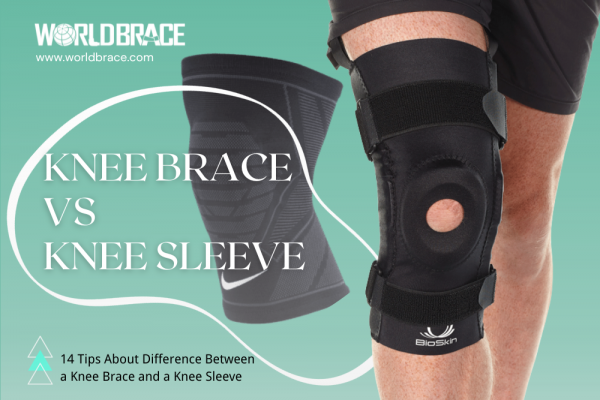
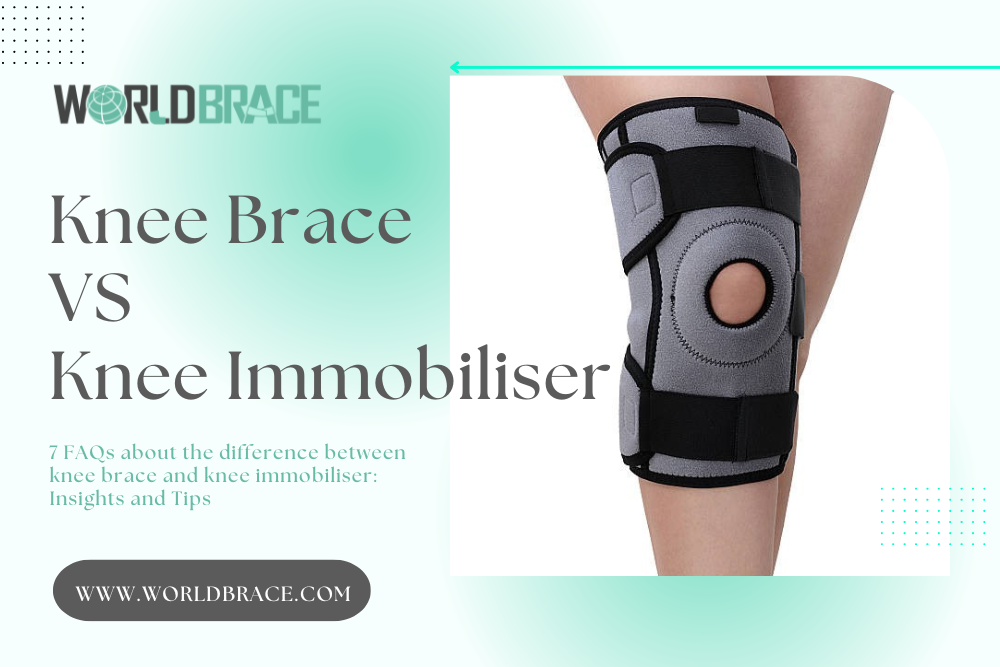



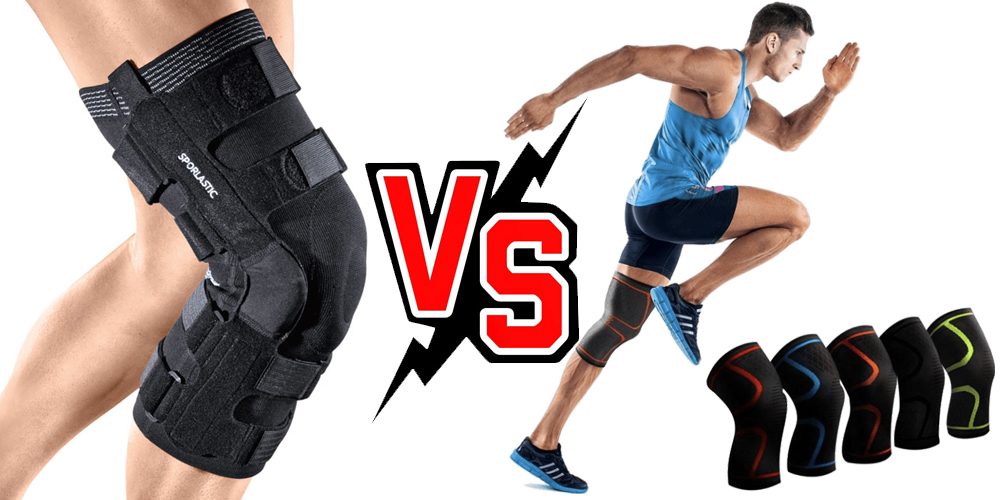

![Difference Between Knee Brace And Knee Sleeve Best Knee Brace for Jiu Jitsu [Top 4 Picks] - BJJaccessories](https://bjjaccessories.com/wp-content/uploads/2023/03/knee-brace-vs-knee-sleeve-1024x594.webp)
